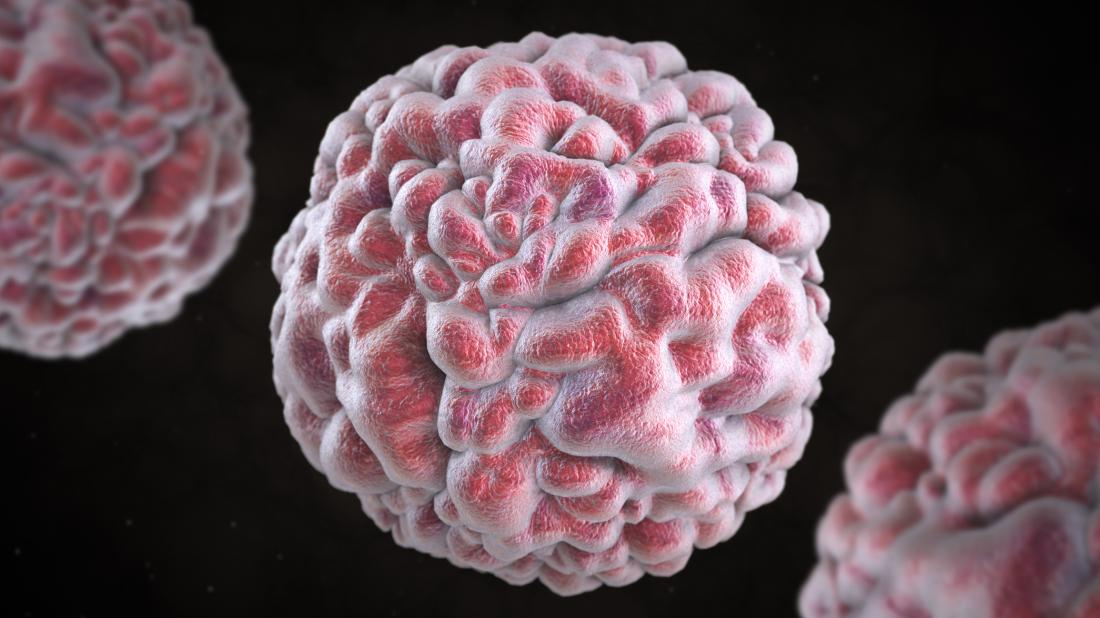A new device uses a smartphone and a paper microfluidic chip to detect extremely low levels of norovirus.
Norovirus is a very contagious virus responsible for around 19–21 million yearly cases of acute gastroenteritis in the United States.
In fact, norovirus is “the leading cause of foodborne illness” in the U.S.
Norovirus is also responsible for up to 1.9 million hospital visits and another 400,000 visits to the emergency department. This costs the U.S. around $2 billion in healthcare expenses and loss of job productivity.
The virus can be contagious at very low levels, with just 10 virus particles being enough to cause an infection.
So, researchers from the University of Arizona (UA) in Tucson set out to create an efficient way to detect even the smallest levels of the virus.
Three researchers co-led the project: Jeong-Yeol Yoon, from the Department of Biomedical Engineering at UA; Soo Chung, a doctoral researcher in Yoon’s laboratory; and Kelly A. Reynolds, chair of the Department of Community, Environment, and Policy in the Mel & Enid Zuckerman College of Public Health at UA.
Yoon presented the research at the American Chemical Society Fall 2019 National Meeting & Exposition in San Diego, CA, and the paper now appears in the journal ACS Omega.
How the cheap and quick device works
The virus can spread very quickly through water. Existing devices for detecting norovirus require a laboratory and a range of microscopes, lasers, and costly spectrometers. These are instruments that measure types of radiation and wavelength.
With the new method, the researchers used simple materials including paper and a smartphone. Chung explains how it is possible for paper to transform into microfluidic chips.
“Paper substrate is very cheap and easy to store, and we can fabricate these chips easily,” he says. “The fibrous structure of paper also allows liquid to flow spontaneously without using the pumping systems other chips, such as silicon chips, usually require.”






